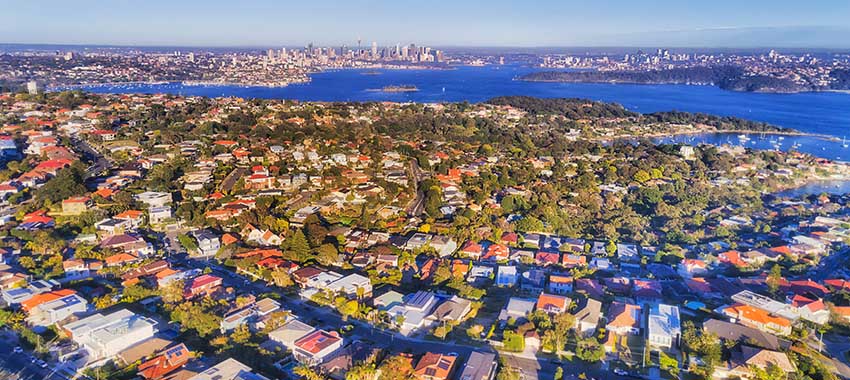
The ACT has topped a housing market scorecard report for the first time since 2014, while Victoria has tumbled in the rankings amid the COVID-19-induced recession.
The Housing Industry Association (HIA) has released its HIA Housing Scorecard Report for 2020, which has revealed that in less than a year, the ACT has managed to overtake Victoria, NSW, Queensland, South Australia and Tasmania to emerge as the leader in the scorecard report.
The HIA Housing Scorecard Report has presented analysis, which ranks each of the eight states and territories based on the performance of 13 key residential building indicators, including detached and multi-unit building activity, renovations, housing finance and rates of overseas and interstate migration.
Speaking about the report, HIA economist Tom Devitt said the economic disruption that occurred in 2020 due to the coronavirus pandemic “reshuffled” the scorecard rankings.
“The relative strength of residential building activity across the states and territories will be heavily influenced by the take-up of HomeBuilder and other stimulus measures in 2021,” Mr Devitt said.
According to Mr Devitt, the ACT has “benefitted” from steady population growth and labour market compared with the other states and territories.
“This has supported strong demand for new homes and renovation activity, which has been boosted by the HomeBuilder program,” he said.
“Activity in the first home buyer sector has also grown strongly. This is the first time since 2014 that the nation’s capital has topped the housing scorecard.”
Victoria falls from the top
On the other hand, the brief recession sparked by COVID-19 and extended lockdown measures to curtail the second wave of the virus has resulted in Victoria’s ranking sliding from first place into sixth in just six months, which Mr Devitt has attributed to a contraction in most of the 13 indicators.
Commenting on Victoria’s performance, Mr Devitt said: “Victoria’s incredible run of housing market success came to an end in 2020. Victoria consistently ranked in the top two spots from late 2015 to mid-2020.”
NSW has also fallen, sliding to its lowest scorecard ranking since 2012. The state has just one indicator (multi-unit commencements) remaining in the top two of the nation, Mr Devitt said.
Conversely, Tasmania has remained near the top of the rankings, in second place, while Queensland has ranked third while South Australia has clinched the fourth position.
“These states have endured the challenges of the COVID-19 recession with greater resilience than Victoria and NSW,” Mr Devitt said.
“Tasmania’s economy had valuable momentum heading into the COVID recession, underpinned by a substantial volume of home building. Ongoing state government support for home building, including social housing projects, will provide support for the state’s labour market.”
Explaining South Australia’s strong performance in the rankings, Mr Devitt said that in 2020, the state had recorded its first quarter of positive net interstate migration flow since 2002.
“Many of these new residents are quickly putting down roots, which has provided a significant boost in demand for new detached dwellings,” he said.
Meanwhile, Queensland, which already had recorded the strongest renovations sector in Australia, has seen a further spike in renovations approvals, according to Mr Devitt.
“The south-eastern corner of the state has continued to attract interstate migration from Sydney and Melbourne, which partially offset the loss of overseas migration,” he said.
WA activity surges
While Western Australia has ranked second last in the scorecard report, Mr Devitt said this has hidden a significant increase in activity since mid-2020.
“The extent of the recovery is only just starting to emerge in official data,” he said.
“An improving economic outlook for WA, the federal government’s HomeBuilder program and the state government’s support package for residential building has seen owner-occupiers and investors return to the market.”
The release of HIA’s scorecard report has coincided with the release of CommSec’s State of the States report January 2021, which has revealed that Queensland has topped the rankings for the value of owner-occupier home loans, which is up by 65.5 per cent on the long-term average.
[Related: More retirees resuming downsizing plans]
 Login
Login










JOIN THE DISCUSSION